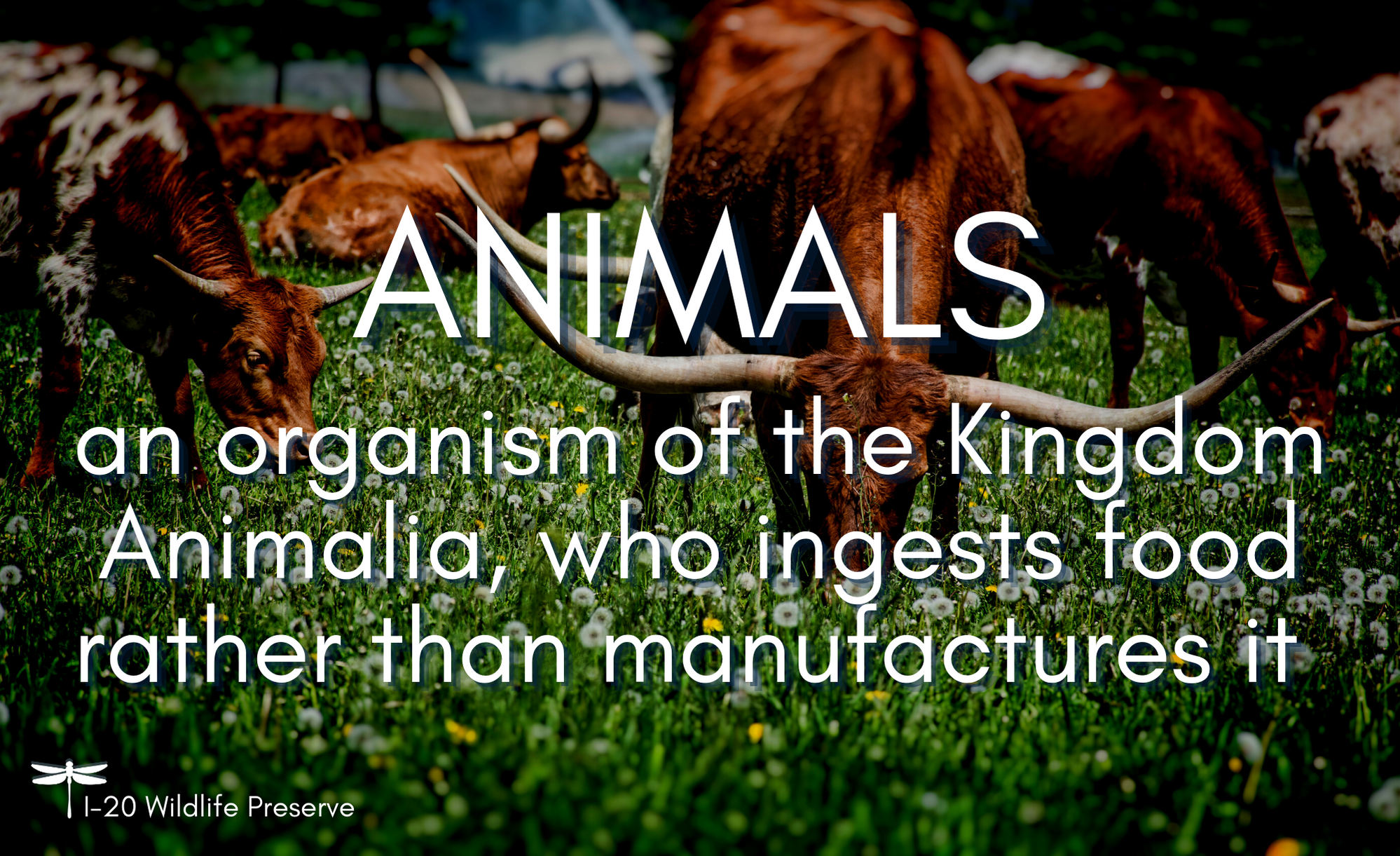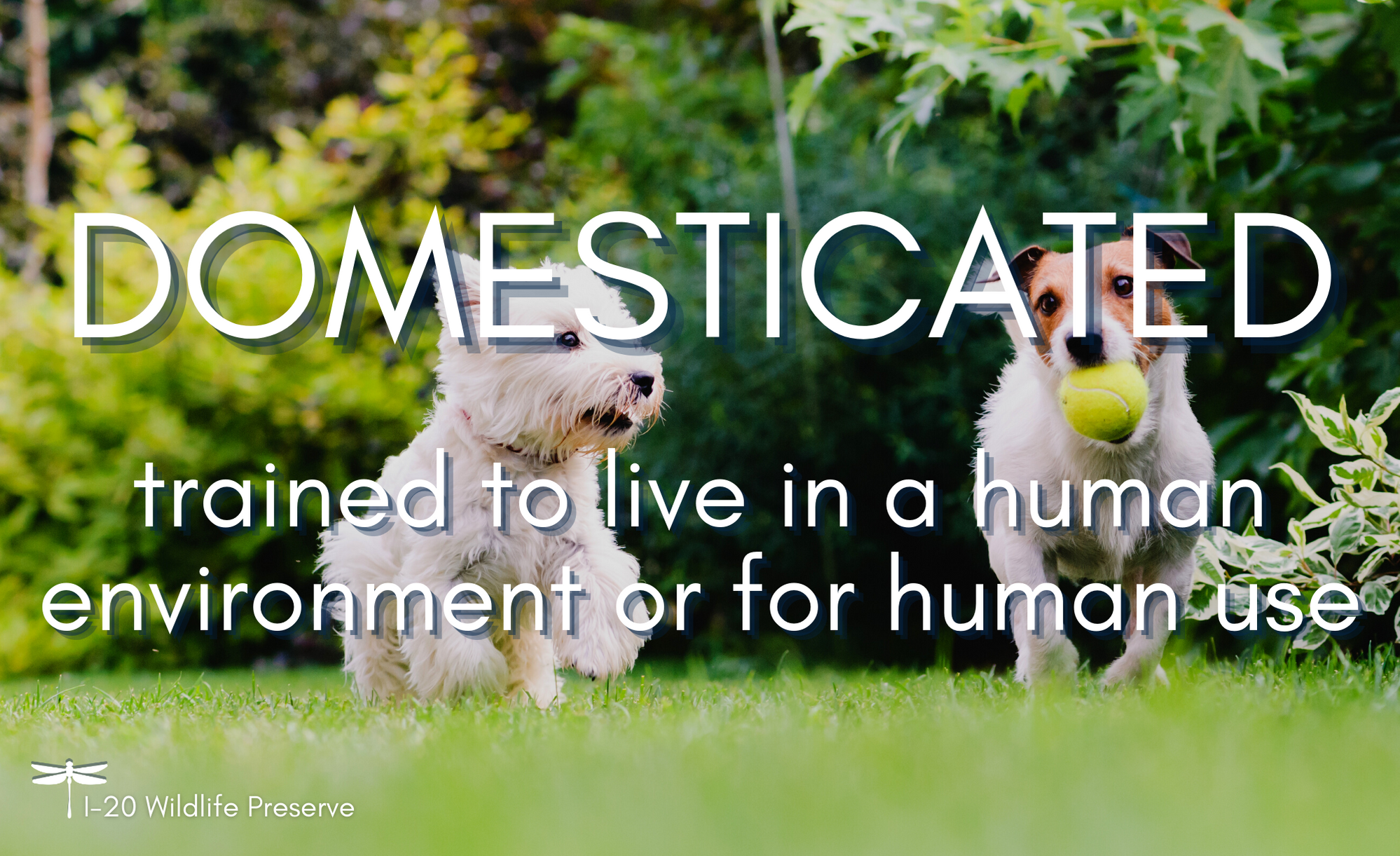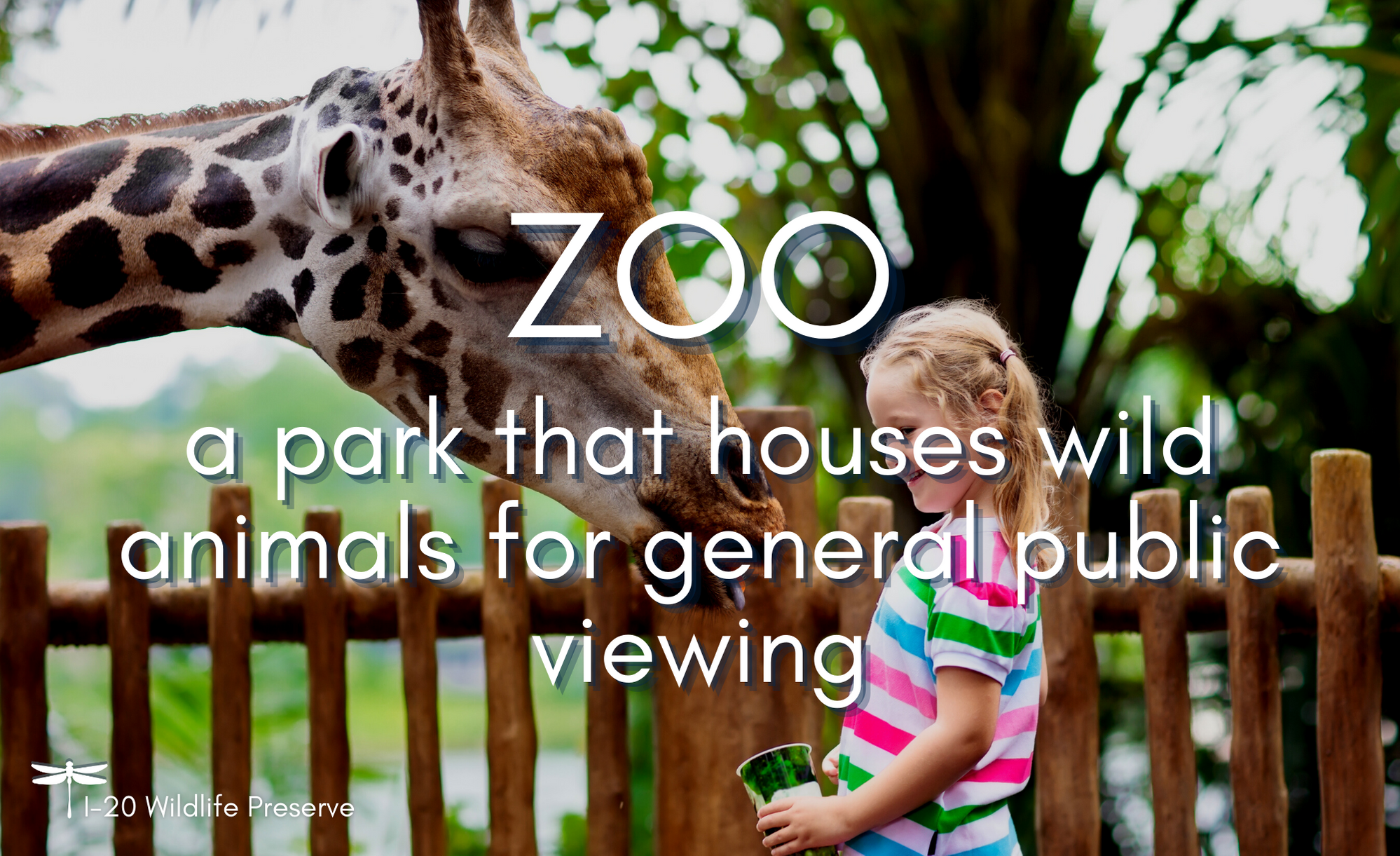Wildlife is Everywhere
A WILD at The Preserve Lesson
Animals can be sorted into two main categories: Wild & Domesticated. In this lesson WILD learners will practice identification and classification of wildlife. A helpful way to distinguish wild animals from domesticated animals is to think about which animals you would find at a zoo or The Preserve (wild) and which animals you would find on a farm or you would keep as pets (domesticated).
Navigate the slides above to learn this lesson's WILD WONDERFUL WORDS. You can navigate by hovering your mouse above the image until the arrows on the sides and the dots on the bottom right appear. You may click through using the arrows, or you may jump to a specific slide with the dots. Otherwise, the slides will shuffle through on their own. After discussing the meaning of each word, find opportunities to use these new vocabulary words throughout the week.
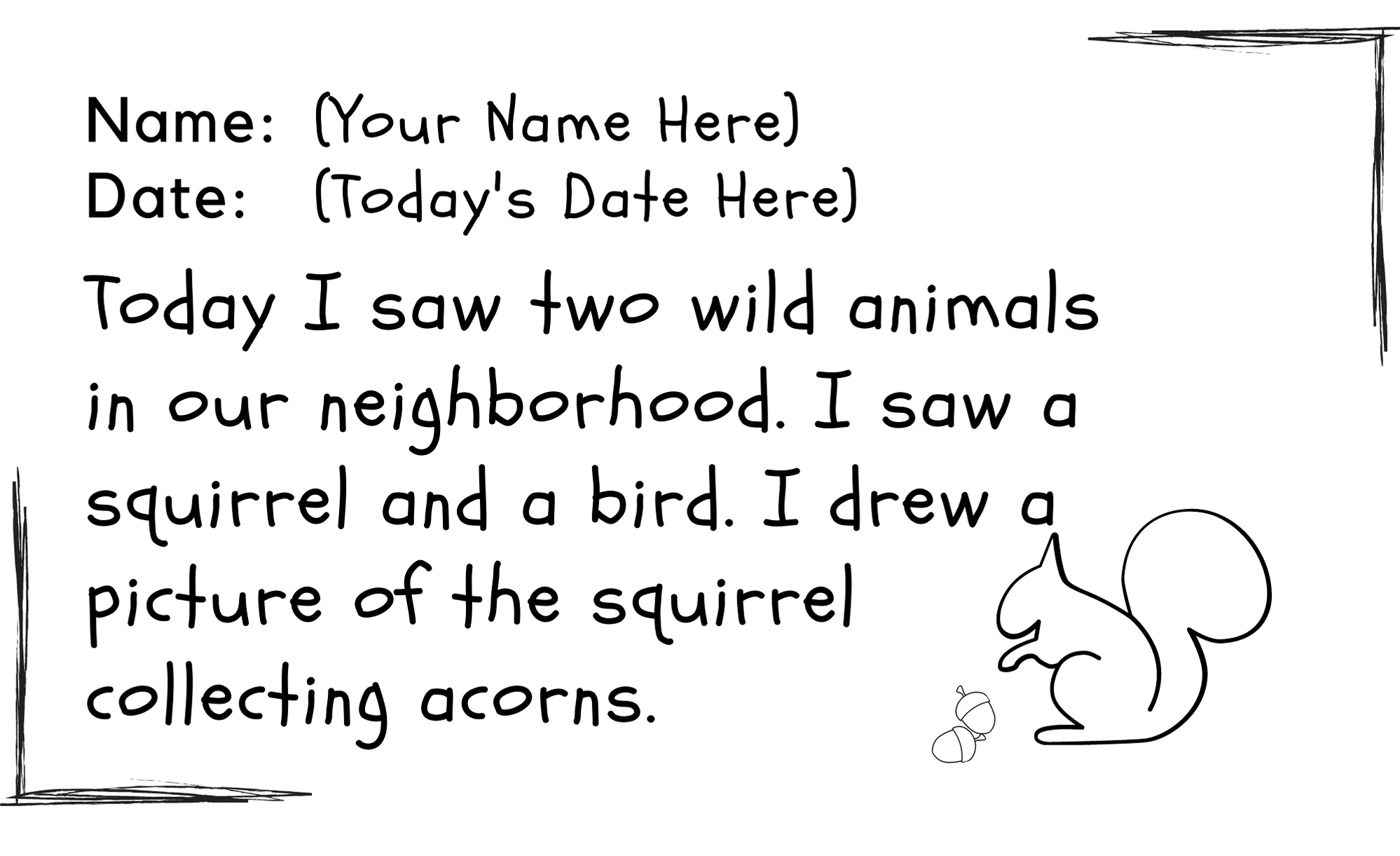
Nature Journaling is an excellent way to practice skills necessary for scientific discovery. A great nature journal entry will include words, numbers, and pictures. Words will describe what you have discovered, where you are, and why your discovery is interesting or important. Numbers will describe how many observations you make, the size of subjects, and the temperature outside. Pictures will show what you have discovered and aid in observation and identification. Not every entry needs all 3 components to be great, any time you spend outside recording your observations is beneficial.
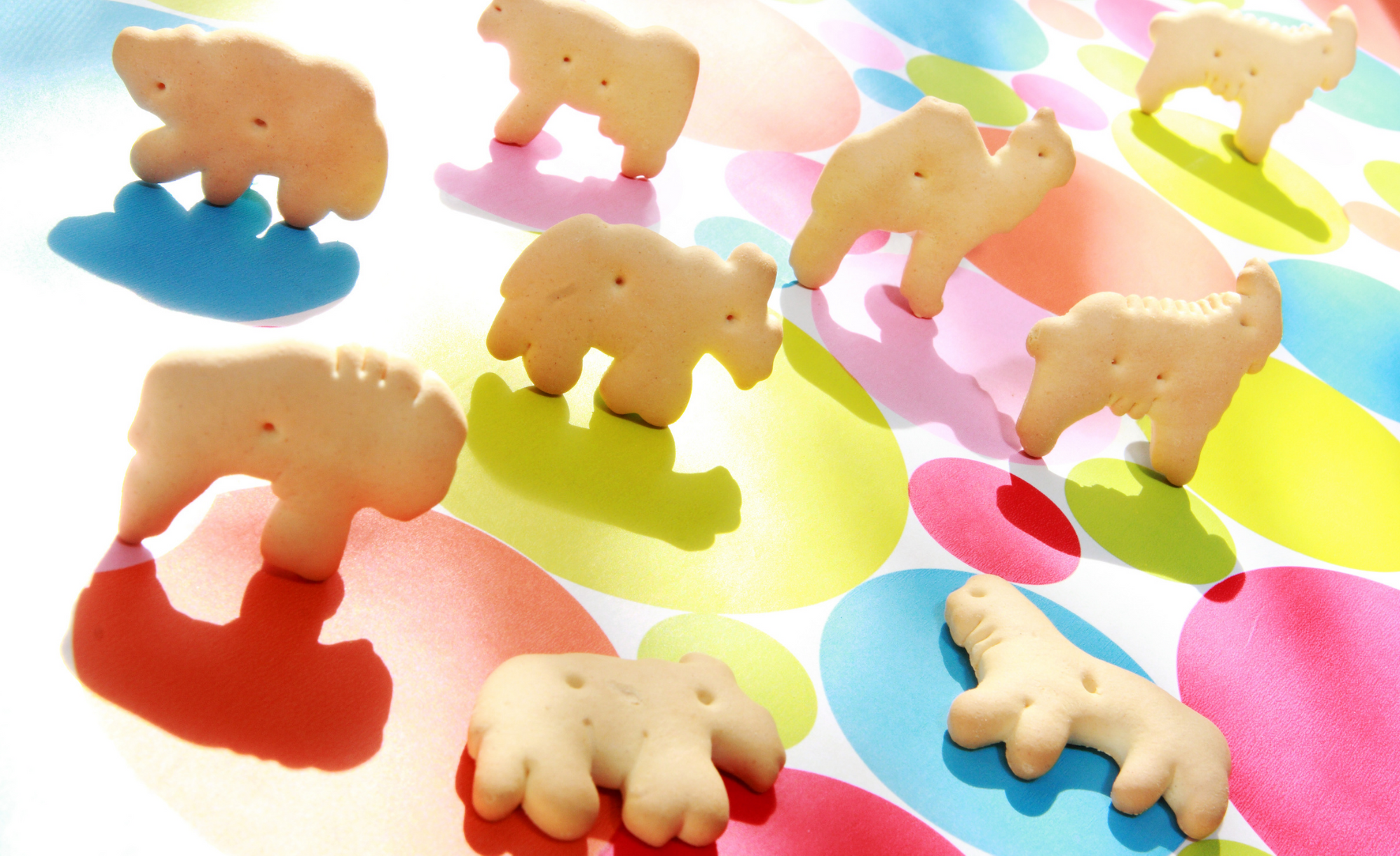
This WILD sorting game will help develop a classification system using observation and identification. Not to mention it makes a great snack! All you need is animal crackers, or a similar snack that is shaped like different animals. Try to determine which animals are wild and which are domesticated. What about a goat? Sometimes a goat will exist on a farm, other times you see it in the wild. To classify animals like this think about where you see the animal most often.
Wildlife is Everywhere Additional Resources
Start your own Wild Nature Journal by downloading our cover page and new entry for each lesson (click the thumbnail on the bottom of the page to print).
Find the Wildlife is Everywhere Nature Journal Entry here (click the thumbnail on the bottom of the page to print).
A read-aloud of “The Other Way to Listen” by Byrd Baylor can be found here.
Go back to the roots of the program and visit Project WILD’s Wildlife is Everywhere here.
WILD at The Preserve and all I-20 Wildlife Preserve programs are available at no cost because of donors and funders like you. Whether you choose to donate $5, $20, or $50 it will all go towards enhancing The Preserve’s ability to impact the community. You can make a donation here today.


